Sharing Our Industry’s Story Through Technology
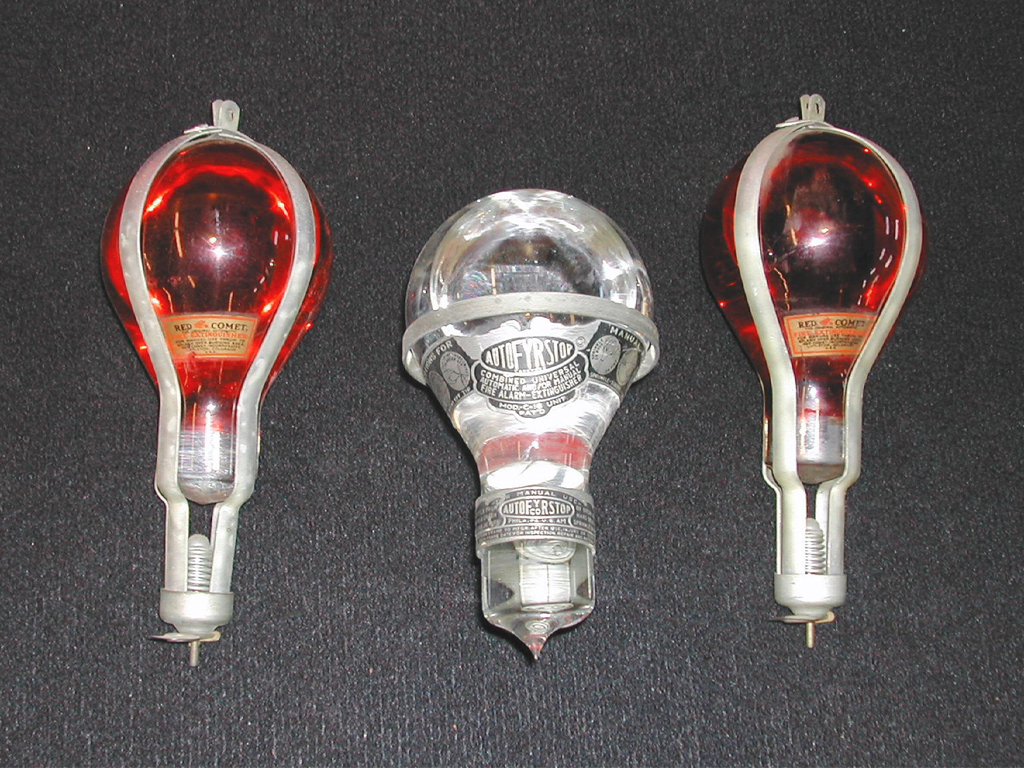
We all know that storytelling is an important and powerful tool for learning and creating meaningful connections. But what is the story of the electronic security and life safety industry? How is it shared? How is it preserved in time? Ralph Sevinor, President of Wayne Alarm Systems believes that a powerful way to share our industry’s story is through its technology Ralph is one of the curators of an antique security artifact museum in Massachusetts, to learn about the evolution of security technology. We discover some fascinating devices he has in the collection some of which are even surprising.
Alarm Systems
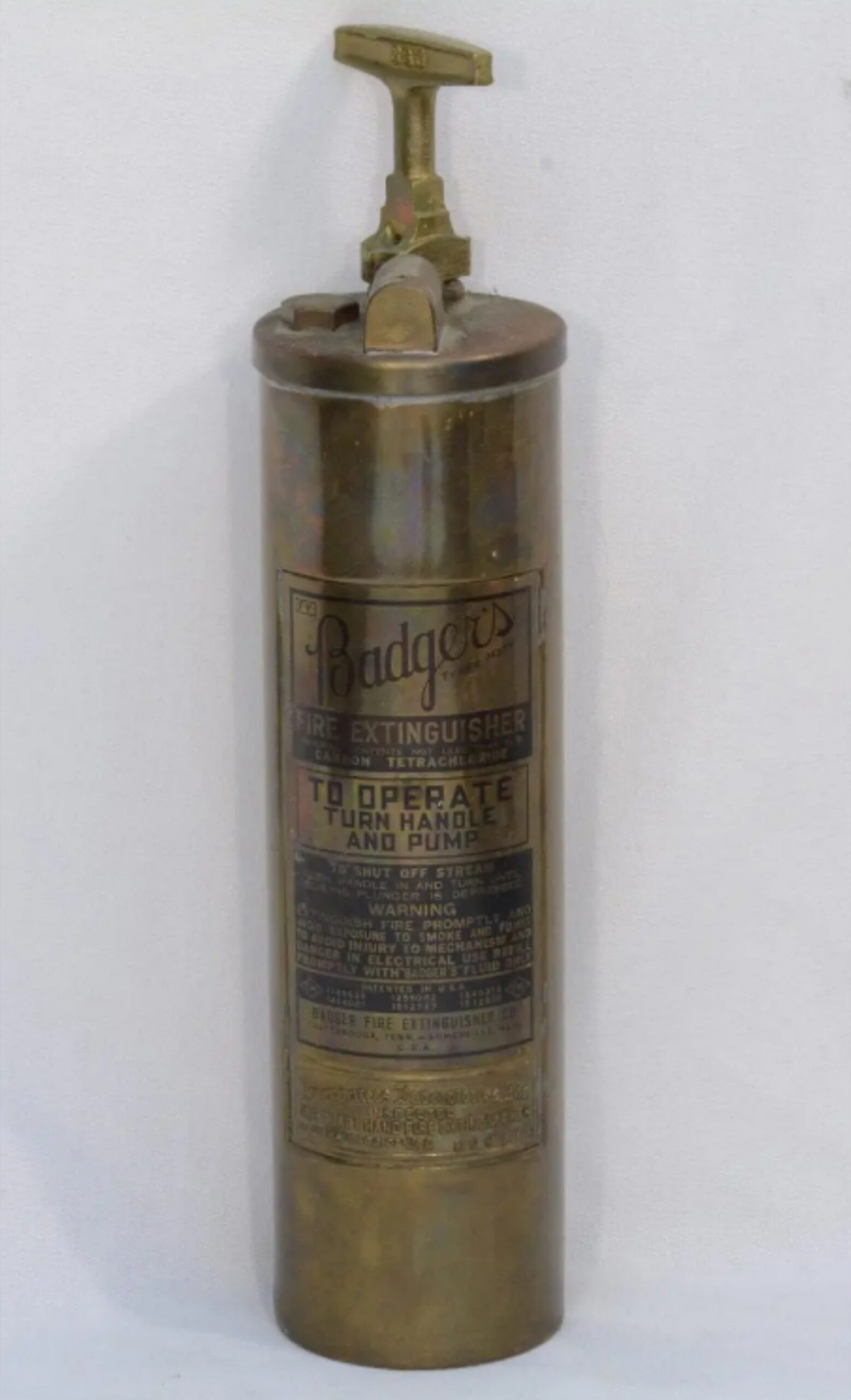
Some of the earliest transmitters relied on clock springs and gears. Someone would have to go around and wind them every day, just as you would a grandfather clock. In the 1800s, police boxes became the primary means of spreading the alarm. The policeman would turn specific keys to send alarm signals to the appropriate stations. An interesting fact about these boxes is that on December 7, 1941, when Pearl Harbor was attacked and the island lost most of its phone lines, emergency forces relied on these police boxes once again.
Another type of alarm businesses often used was coin-operated. The alarm was installed at the front and back doors. Then, to activate it, you inserted a nickel or a dime and turn a lever to set it, much like you would pay for a parking meter or candy dispenser.
Fire Alarms and Safety
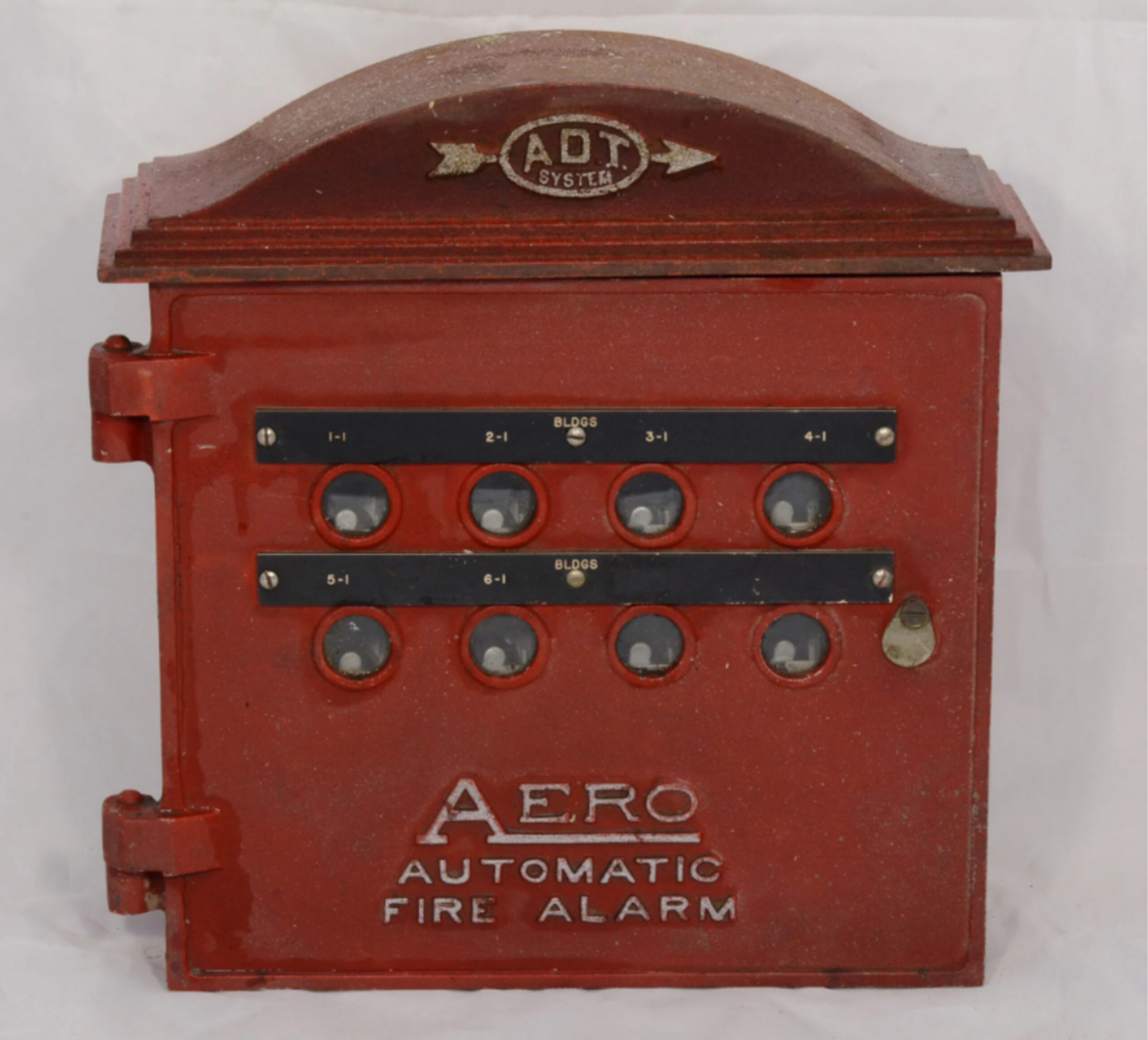 Some of the first fire sprinklers were brass containers with pressurized water. A later design in 1900 consisted of glass bulbs that contained water. When they heated up, a little spring inside it would release and break the glass, spraying water. However, in the winter, they would freeze, so manufacturers started adding carbon tetrachloride or pyrene to prevent the water from freezing. What they didn’t know is that pyrene creates mustard gas when exposed to heat. So, developers had to go back to the drawing board. The earliest version of the systems we are familiar with today was developed in 1812.
Some of the first fire sprinklers were brass containers with pressurized water. A later design in 1900 consisted of glass bulbs that contained water. When they heated up, a little spring inside it would release and break the glass, spraying water. However, in the winter, they would freeze, so manufacturers started adding carbon tetrachloride or pyrene to prevent the water from freezing. What they didn’t know is that pyrene creates mustard gas when exposed to heat. So, developers had to go back to the drawing board. The earliest version of the systems we are familiar with today was developed in 1812.
Fire Alarm Salesmen
After World War II, fire alarm salesmen went door to door with demo kits to demonstrate how their fire alarms worked. If the demonstration wasn’t enough, the salesman pulled out a three-level thermometer that symbolized second floor, the first floor, and the basement. He would then expose it to canned heat to push the temperatures up, while saying “You really should buy this fire alarm because you don’t know when there’s going to be a fire. At 110 degrees, which you see here, the hair on your skin starts to singe. At 120 degrees, your lung tissue starts to dissolve.” These scare tactics may seem harsh to us today, but they were probably quite effective!
Technology for Bank Security
Before the FDIC, Federal Deposit Insurance Corporation, if a bank was broken into and depositors’ money was stolen, it didn’t have a way to pay its customers back. Therefore, banks had to come up with creative ways of protecting their customers’ money, competing with other banks for business. To do so, they would have burglar alarm demonstrations, sending out postcards to all the people in the community to advertise the demonstration.
Military Contributions
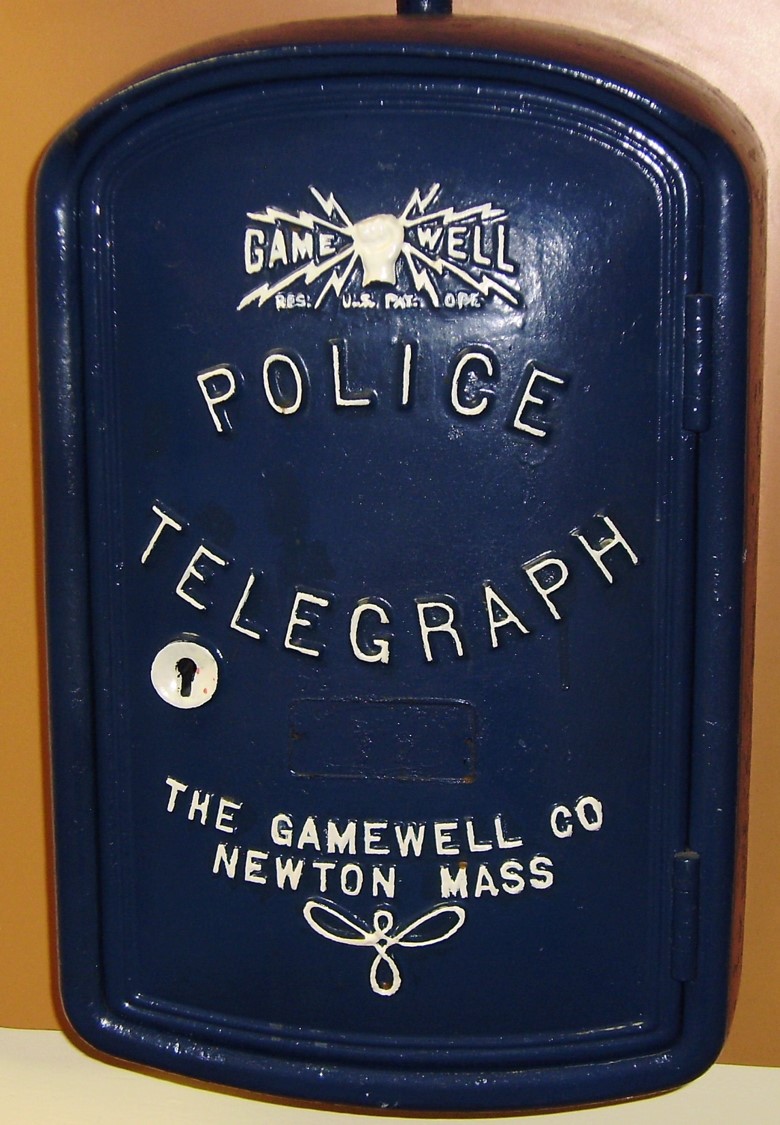 A lot of our security industry technology has military origins. The first smoke detectors were developed based on the technology that controlled P38 Mustang plane doors during World War II. This technology relied on a light source and photocell and was easy to adapt for everyday use.
A lot of our security industry technology has military origins. The first smoke detectors were developed based on the technology that controlled P38 Mustang plane doors during World War II. This technology relied on a light source and photocell and was easy to adapt for everyday use.
The first microwave detectors were developed by an aerospace researcher during the Vietnam War to detect snipers hidden in the thick forests of Southeast Asia. Today, many businesses and residences use them under the more commonly known name of Motion Detectors.
Another military contractor called Microwave Associates revolutionized the alarm industry drastically by developing a digital communicator that could reach beyond direct current, which is the range communicators had at the time and extended only about 40 or 50 miles.
Some Bizarre & Exciting Security Devices
In the 1600s, a lot of people had adopted a pie pan fire alarm. They would take a metal pie pan, coat its bottom in molten beeswax and stick it upside down to the ceiling with the molten beeswax. The beeswax would harden and hold it to the ceiling. The idea was that if there was a fire, the heat would melt the beeswax again and drop the pan to the floor with a loud clang, which would wake up or alert anyone in the house.
One of the most exciting pieces we have is the alarm system that was used to protect the H-bomb secrets of the Manhattan Project during World War II. That is a critical piece of history.
Technology of the Future
At this point in the interview, we asked Ralph about his thoughts on the technology of the future.
“There’s never been a more exciting time to be in this business than now. We are seeing more intelligent systems that start at the edge of a property instead of just at the door, allowing extra time for reaction.
We are also seeing more precise systems in development to detect, not only CO, but rising levels of CO2 as well. These will also create a larger window of awareness before there is need for a true alarm.”
This Collection is Important
To bring the interview to close, Ralph shared this final thought. “It’s important to pioneer both the people of today and of yesterday and their contributions to the industry. It’s integral to know the history of how we got where we are. The items I’ve mentioned are only a small percentage of the vast collection we have. We will be bringing a collection of items to ESX 2023 which will be very exciting to share. . I hope these stories will remind us all of how far we’ve come and inspire us to go further.”
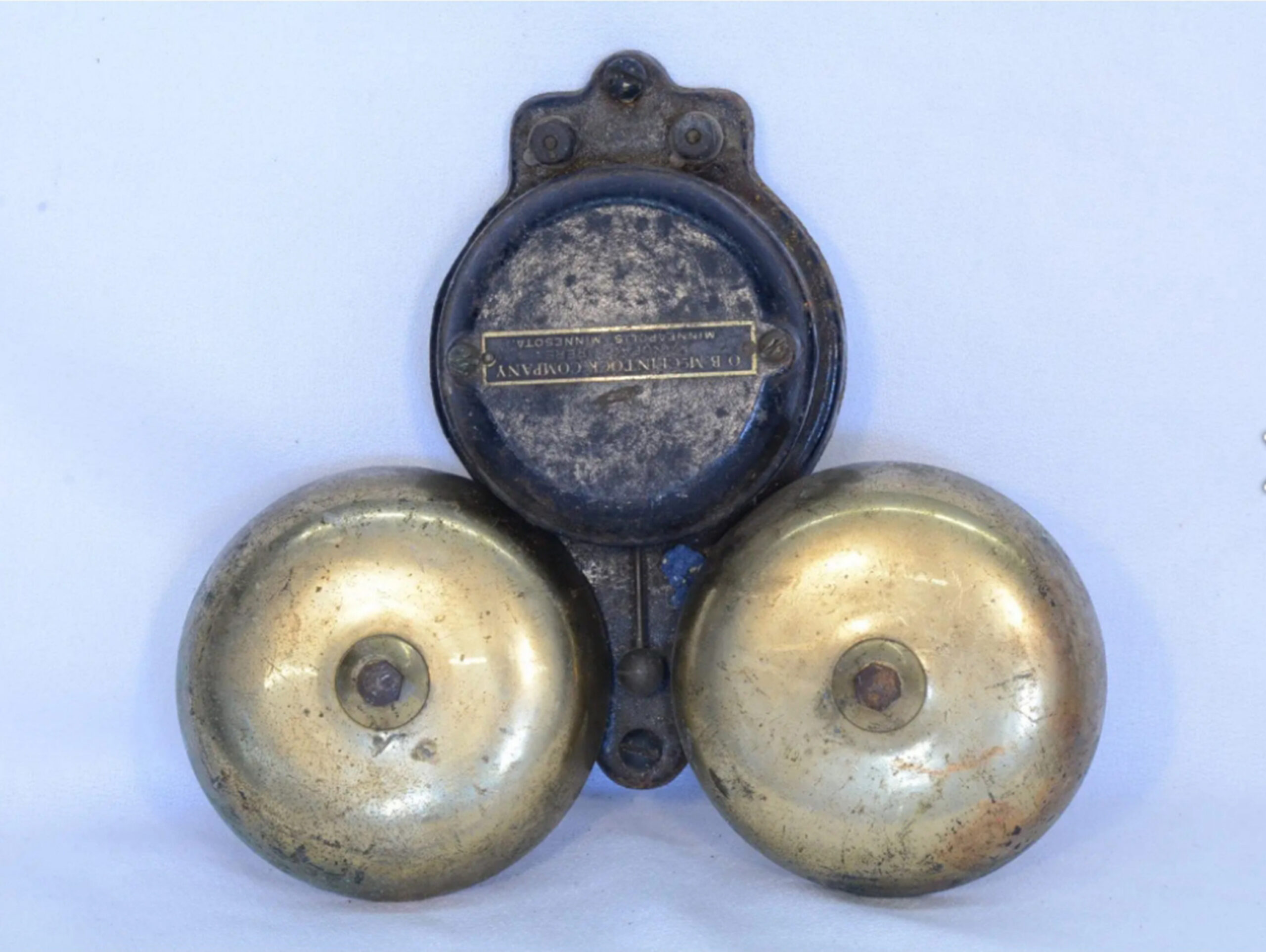
Donate To The Museum
Ralph is always looking to grow and extend the collection, so if you or someone you know comes across something visit www.waynealarm.com/antiques-corner. They do not even need the product if you would prefer, they just ask you to fill out a form and submit professional photos to help in preserving our industry’s history.




